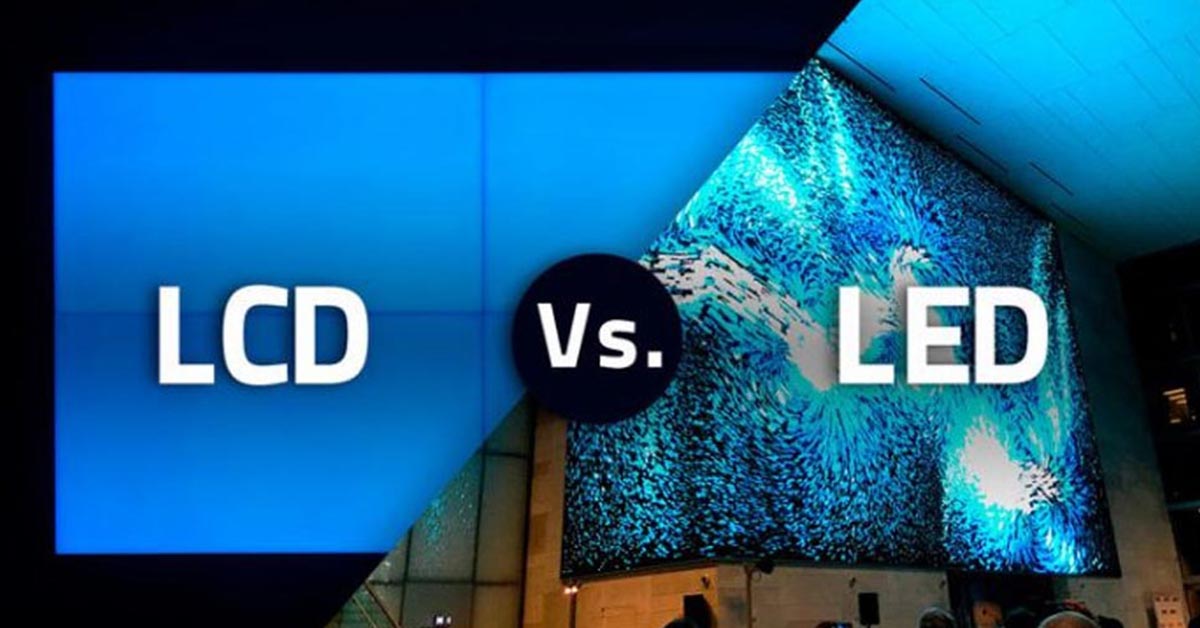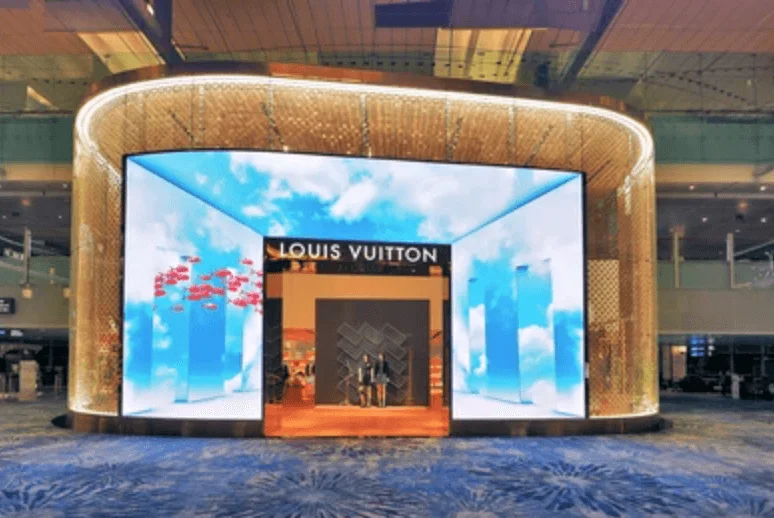

In the evolving world of digital signage, few technologies have created as much visual impact as the transparent LED display. Whether it’s mounted behind a boutique window or suspended at a trade show booth, these see-through digital screens offer a futuristic look without hiding what’s behind the glass.
But with all that visual appeal comes a practical question—how much power do transparent LED screens actually use? If you’re considering one for a storefront, showroom, or event installation, understanding energy consumption is just as important as resolution or brightness.
Let’s break down how power usage works with transparent screens and what that means for your brand—especially if you’re aiming to balance wow-factor with efficiency.

A transparent LED screen works by embedding tiny light-emitting diodes (LEDs) into a clear mesh or film that allows natural light to pass through. The “transparency” isn’t just visual—it also contributes to energy efficiency.
Most transparent LED displays consume significantly less power than traditional LED video walls. Why? Because fewer LEDs are used per square meter due to the open grid design. This structure reduces overall energy draw while maintaining sufficient brightness for indoor and semi-outdoor environments.
The actual power usage depends on several key factors:

On average, a typical glass LED screen uses anywhere from 300W to 800W per square meter, depending on brightness settings and pixel density. For reference:
When comparing this to conventional digital signage, which can easily exceed 1000W/m², the savings start to add up—especially for long-term or 24/7 displays in retail or hospitality settings.
Today’s retailers are under pressure to reduce their environmental impact while maintaining immersive in-store experiences. That’s where the transparent screen for retail shines—literally and figuratively.
Because they allow natural daylight to pass through, transparent LED screens reduce the need for additional interior lighting during daytime hours. That means you’re not just saving on screen power usage, but on building lighting as well. Combine that with ultra-thin transparent LED panels that require minimal hardware, and you’re looking at one of the most energy-smart digital signage solutions available.
For boutique stores, showrooms, and even high-traffic airport or hotel lobbies, this translates to both lower operating costs and a sleeker visual footprint.

When installing a transparent display screen for events, storefronts, or pop-ups, power planning is a crucial part of the process. A few things to consider:
Pro tip: Working with an experienced provider like SeeThruDisplay ensures your setup is tailored for both performance and efficiency—without compromising on visual impact.
If you’re planning a short-term activation—like a transparent display for trade shows or a pop-up experience in Los Angeles—you might be wondering if power usage even matters. The answer is yes, but in a different way.
When you rent a transparent screen, you’re typically dealing with limited venue power access or generator support. Lower power requirements make transparent LED displays ideal for mobile installations where setup simplicity and energy constraints are part of the brief.
Meanwhile, permanent installations benefit even more over time through lower utility bills, particularly in luxury store digital signage or digital signage for boutiques with long operating hours.

Not all transparent screens are created equal. From transparent OLED displays to LED film screens and custom-size transparent screens, the power efficiency varies based on design and use case.
If you’re comparing display types or shopping for the best transparent LED screen for 2025, pay attention to:
For example, transparent signage for cannabis stores may need specific brightness levels due to privacy laws, while transparent screens for museum exhibits often run on low brightness settings to blend with ambient lighting.

As brands move toward more conscious energy use without sacrificing creativity, transparent LED displays are quickly becoming the go-to solution. They combine the power of digital storytelling with thoughtful energy efficiency—ideal for the modern marketing mix.
Whether it’s a transparent ad screen in a retail window or a transparent display showcase at a product launch, knowing the power usage helps you make smarter choices for your space, your budget, and your brand image.
And as the technology continues to evolve, names like SeeThruDisplay are helping lead the charge—offering displays that are as responsible as they are visually striking.